English
Make the Most of Tokushima’s Natural Wonders in All Four Seasons
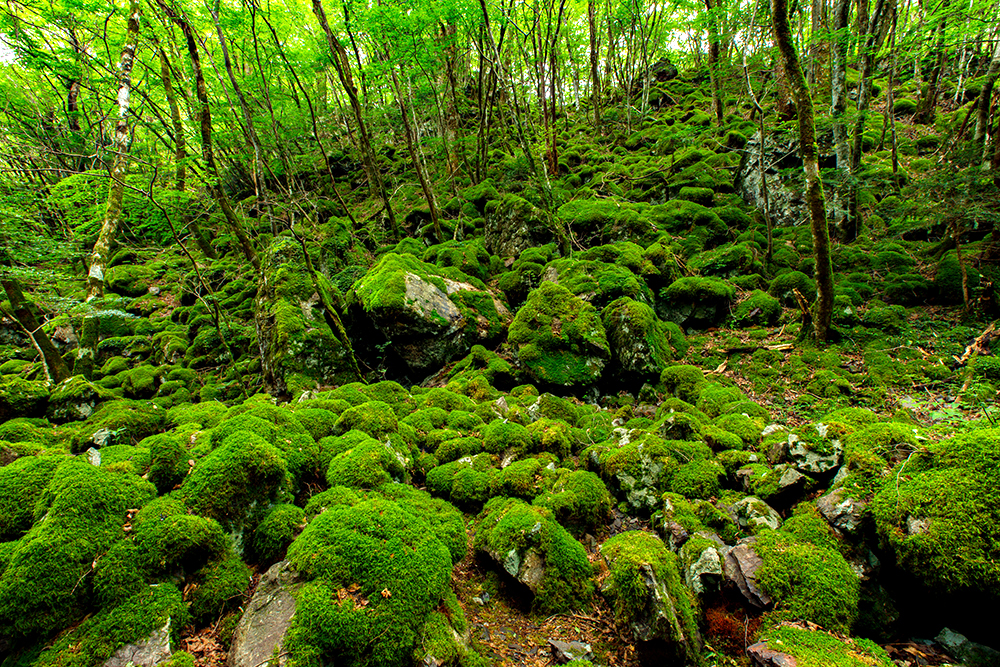
If you’ve traveled merely a couple of hours outside of Japan’s larger cities, you are likely familiar with the quiet beauty of the Japanese countryside: streams snaking through the town, farms stretching into the distance, mountain ridges following the horizon. But “quiet beauty” is not the most fitting phrase for the natural scenery of Tokushima; “outstanding” or “sublime” is more appropriate. From whirlpools to timeless mountain villages to otherworldly terrains, Tokushima’s geography is particularly unique, making it a perfect destination for outdoorsy types during all four seasons of the year.
Spring
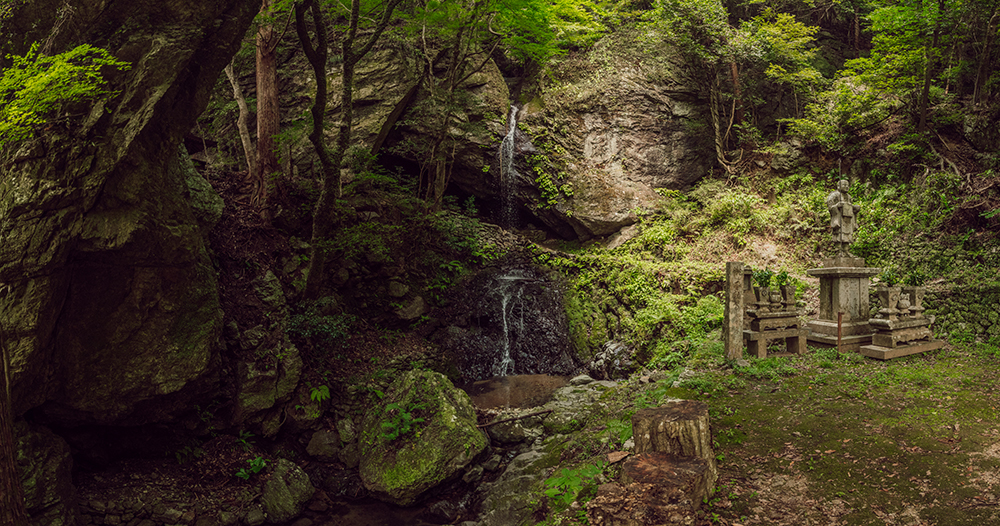
As with many mountainous areas in Japan, hikers in Tokushima get to enjoy many waterfalls. Fudo-no-Taki Falls is part of a relatively easy trek, being situated close to Shokokuji, a small mountain temple. This temple is the inner sanctuary of Tatsueji, one of stops on the historic Shikoku Pilgrimage. As you climb the stairs leading to the temple, you pass through a pair of monumental cedar trees; soon you hear the sound of the waterfall. If you take a little path to the right of the temple, you behold Fudo-no-Taki, behind what is Hoshi-no-Iwaya Grotto. Nearby the waterfall is a statue of Kobo Daishi, or Kukai. Legend has it that the monk used his Dharma power to pull an evil spirit from the stars and seal it in this grotto. About 15 meters in height, the waterfall’s bedrock is split diagonally so that you can enjoy a unique view from behind the surge (hence its other name, “Urami Falls”) – from so close that, if you reach out and cup your hands, you can drink the water. In this space behind the falls, several shrines stand, balanced on piles of stones. With the curtain of water before you, the monk statue nearby, the site has a palpable sacred atmosphere.
Where: 126 Katsuura-cho, Katsuura-gun Tokushima Prefecture
More info: https://www.awanavi.jp/spot/20177.html
Summer
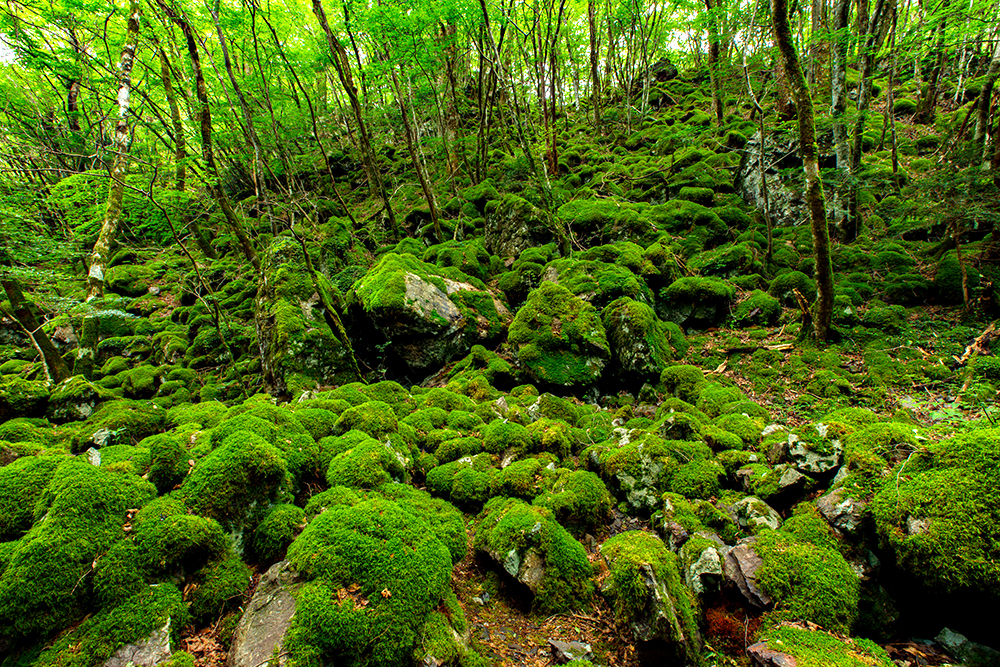
Kamikatsu is a small, isolated mountain town, about an hour’s drive from Tokushima City – you tend to thank the altitude in the hotter months. As it has not seen many tourists or industrializing forces, the deciduous forest of Kamikatsu is lush and virtually untouched. The town’s Mount Yamainu-dake is almost 1,000 meters above sea level, and hiking takes it around two hours. The entire area is a sanctuary of giant, moss-covered stones. They lend an almost otherworldly feeling to a forest scene; they seem to be pulled from a Ghibli universe. After a short climb up a steep path, you find Ryuo-zan Tokoji Temple, a complex surrounded by giant cedars. In the forest you also encounter 88 miniature Buddha statues, symbolizing the 88 official temples of the Shikoku Pilgrimage. On weekdays, the trail is almost empty. There is a gigantic rock which acts as a sort of observation point. The view to the south is particularly beautiful.
Where: Kayagoya, Ikumi, Kamikatsu-cho, Katsuura-gun, Tokushima Prefecture
More info: http://www.kamikatsu.jp/docs/2011070400018/ , https://www.awanavi.jp/spot/20626.html
Autumn
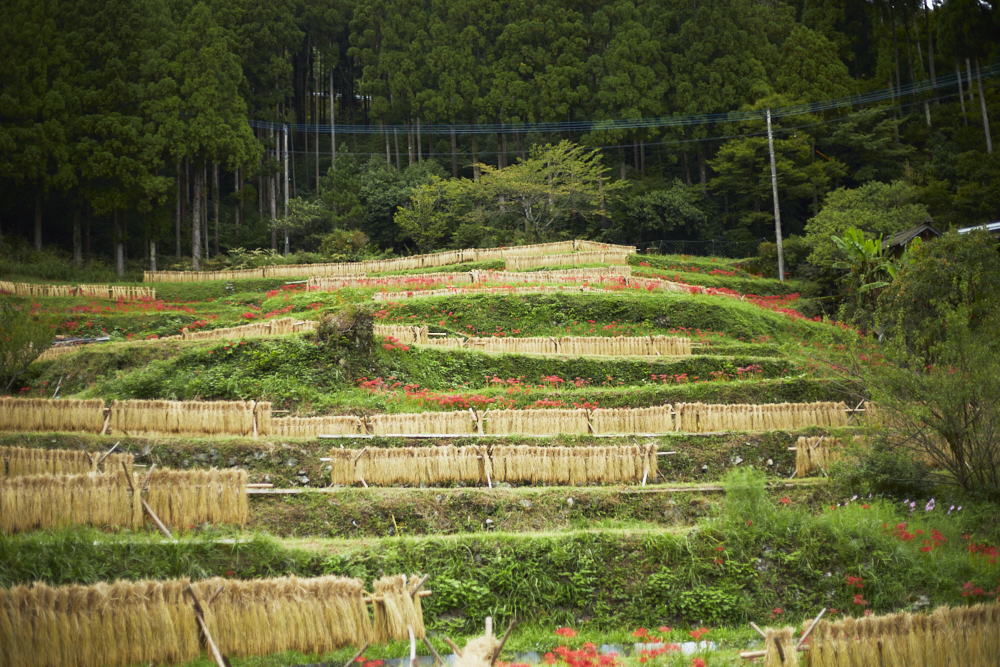
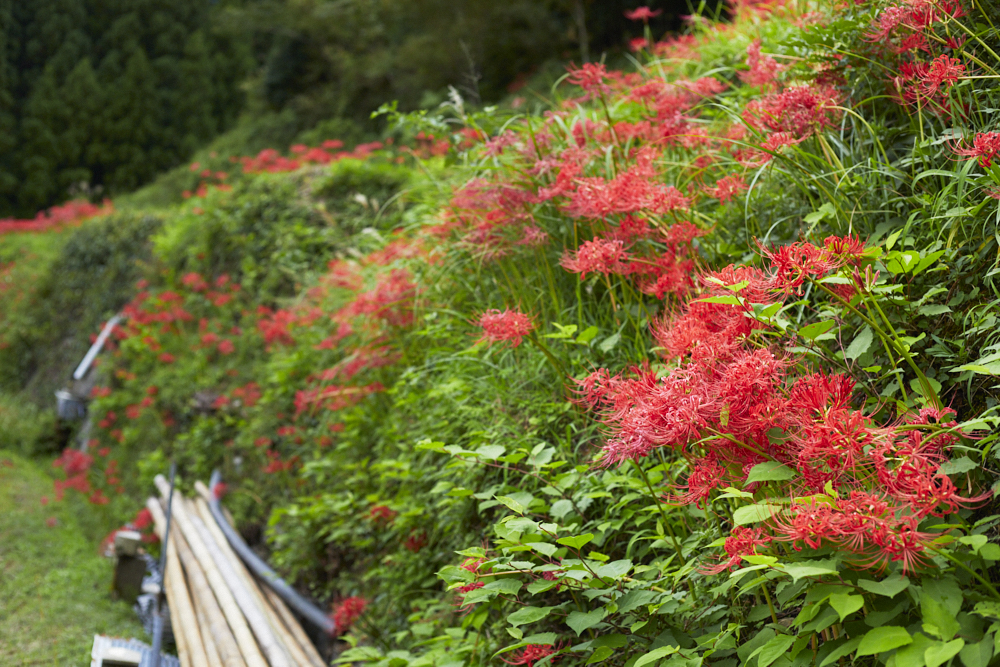
Upon arrival, Kamikatsu in East Tokushima looks like a regular rural town. But some exploration outside of the main road, as Yamainu-dake shows, leads to some of the most interesting geographies in the country. Walking up a huge tract of cedar trees, you see Kashihara no Tanada, or Kashihara terraced rice fields. The paddies have been there for centuries. In the spring, mirror-like waters cover each layer of land, and in the summer the surroundings become a bright green. But the fall-time view has the unique, rustic beauty of rice-harvesting season, with red blossoms peppering the fields.
Where: Ikumi, Kamikatsu-cho, Katsuura-gun, Tokushima Prefecture
More info: https://www.east-tokushima.jp/spot/detail.php?id=18
Winter
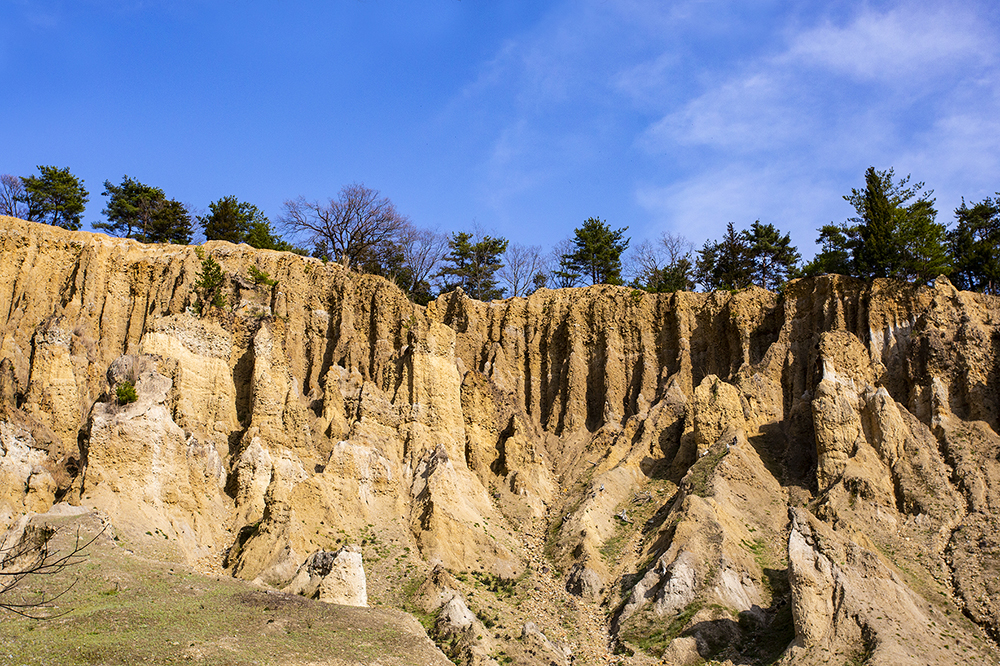
Awa City is home to one of Tokushima’s most famous features, the Awa Odori. It is also home to lesser-known attractions like the earth pyramids, which shoot up the side of a cliff, surrounded by forest. Recently designated as one of the “88 Views of Shikoku,” these dizzying mineral pillars are thought to be over one million years old, formed by erosion of sand and gravel; you can see the geologic layers on their sides. From the observatory at the top of Hatogatake, which is the largest of these pillars, the monumental earthen forms lie at your feet. It is a powerful, if not slightly terrifying, view. They are illuminated at night, casting shadows upon and emphasizing the contours of the rock (during winter, the illuminations last from sunset to 21:00). A trail runs along the right (south) side of the peaks, taking you through some thrilling and precarious positions, and towards the top there is a pavilion where you can enjoy a lunch box and stunning views of the Yoshino River.
Where: Sakura-no-oka, Awa-cho, Awa City, Tokushima Prefecture
More info: https://www.awa-kankou.jp/odekake/awanodochu/
